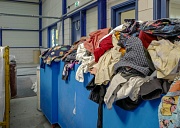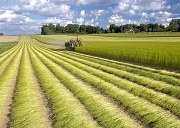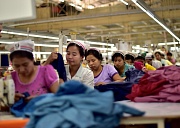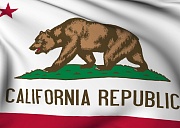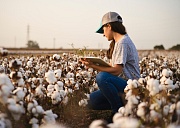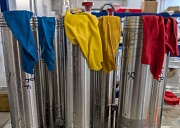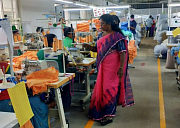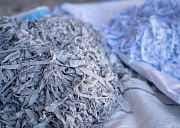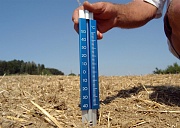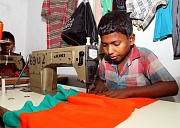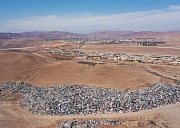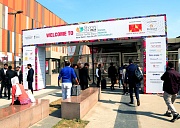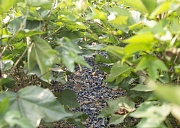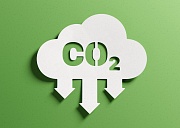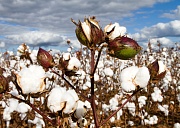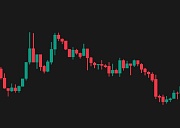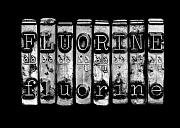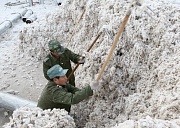What now?
Organic sector veteran Gerald Hermann, current director at Organic Services GmbH and one of the founders of the ‘Check Organic’ traceability system, describes the situation as “the well-known story of collective failure and commodity fraud”.
In other words, some organisations have been raising revenues while at the same time not using the collected data to improve integrity So why do organisations not publish production data and why are Indian textile standards rejected?
Stripf says GOTS accepts fibres from “all standards under the IFOAM family of standards and NPOP is one of them”, but he did not comment on the Indian standard for organic textiles (ISOT).
It’s clear there were some recent tensions between TE and GOTS, after a GOTS statement noted: “Regarding the alleged quote made by Ms. Pepper (CEO of Textile Exchange): GOTS has not received any evidence of fraud, whether from Textile Exchange or other partners, since uncovering fraud in India in 2020 through its own research ... we are eager to see such evidence, as GOTS consistently acts against such proof and imposes strict sanctions such as certification bans.”
Sources at CBs told us they felt they were being ‘scapegoated’ for system-wide failures and to ensure that profits from standards were not impacted. But if there has been a mismatch between production and consumption since 2008, then clearly the system is not working. Good organic cotton farmers are the ones to lose out.
India is not the problem, the system is
For years India has been blamed for the problem when it comes to organic cotton fraud, but we need to look further to get to the root of the problem. That means the market. The pressure for growth. And where the bulk of the revenues from Indian organic cotton go – which is mostly outside the country.
The problem is especially complex, but at last there are attempts to reverse the damage.
Stripf at GOTS says, “GOTS is currently developing a centralised database which will track the origin of organic materials and will cover the entire GOTS chain of custody”. This will be funded by grants, not clients, to ensure independence, he said, adding: “Once operational, among other benefits, we will have centralised access to volumes (e.g. of lint cotton) that go through GOTS in the near future.”
Yet our sources contend that, with their India-based staff, standard setters already know the reality, but pass these 'bugs' in the system on to certification bodies, even as “certified units are swelling faster than organic cotton farmers.”
TE told us: “for the Organic Cotton Market Report, we collect data from producers, gins, certification bodies, regulatory bodies and estimate the global organic cotton production volume based on the data collected.
“This data is triangulated but not verified as it is beyond our scope to audit the farm. Additionally, this volume may or may not end up in our certified supply chain (i.e., certified to the Organic Content Standard).
“The implementation of our Trackit traceability program will also aggregate transactional information from certification, which will provide volume data of certified material moving through the chain.”











